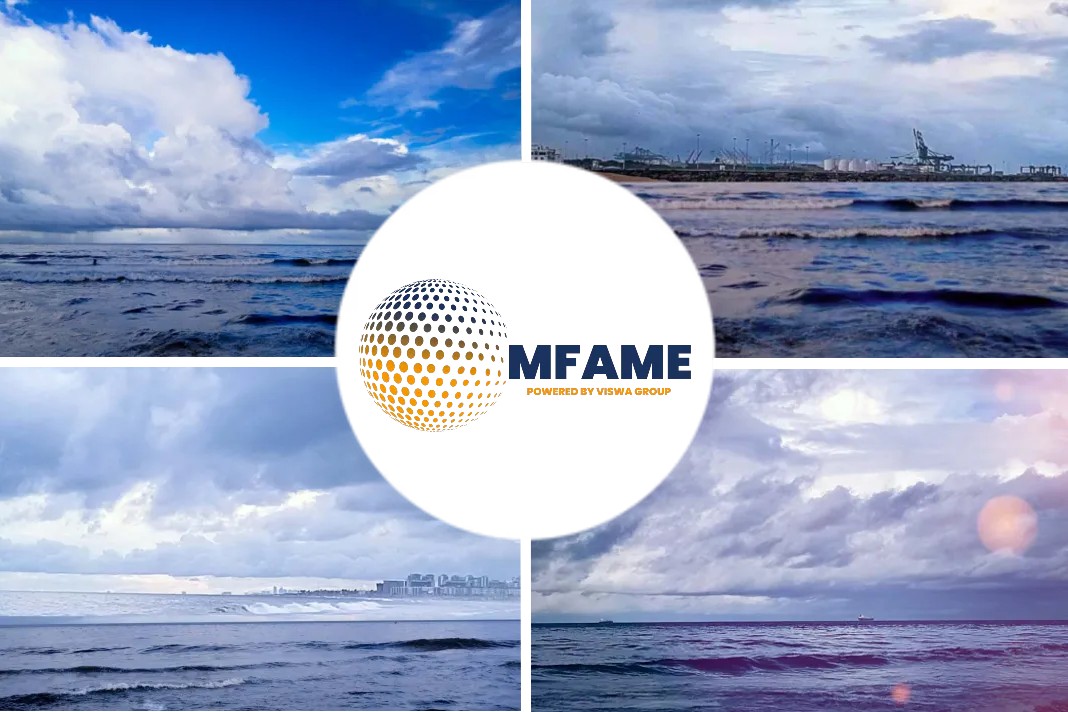- Australian resource firm BHP expects the tight supply situation in the global LNG market to extend into the second half of the 2021-22 fiscal year to 30 June.
- But prices may fall rapidly once more supplies emerge.
A recent news article published in the Argus Media states that BHP sees global LNG supply tightness continuing.
Second half of 2021-22
The fundamental starting point for the second half of 2021-22 in the LNG market features a lean storage position and constrained supply that is stretched to service robust demand coming from power and non-power sources in both east Asia and Europe, BHP vice-president of market analysis and economics Huw McKay said in a blog post.
BHP’s exposure to the LNG market is through its sixth share in the 16.3mn t/yr North West Shelf (NWS) LNG venture in Western Australia, but the firm plans to exit the oil and gas sector through the merger of its petroleum arm with Australian independent Woodside Petroleum, with the transaction expected to be completed in the April-June quarter.
Influence of Geopolitics
Geopolitics is also a considerable influence on the industry at present. Russian pipeline supply to Europe was down by 29pc in December compared with the same period a year earlier and more than 40pc lower in January from year-ago levels, it said.
“Notwithstanding the array of reasons why prices are high today, the situation seen in the winter of 2021-22 is a genuine ‘fly-up’ that is quite disconnected from the cost base of the industry, and therefore prices are susceptible to a rapid correction if/when positive supply signposts emerge,” McKay said.
Looking further ahead, within BHP’s generally constructive outlook for LNG demand growth, the key uncertainties include energy mix and decarbonisation policies in Japan, China and South Korea in the wake of their net zero pledges, he said.
Competing supply of indigenous and pipeline gas
At the national level, the scale of competing supply of indigenous and pipeline gas in and into China; the level of investment in new gas infrastructure in India; and the timing and scale of nuclear restarts in Japan are also potential swing factors in the outlook, McKay said. Outside Asia, the amount of Russian pipeline gas supplied to Europe, plus energy mix and decarbonisation policies in the EU, are all material sources of uncertainty, he said.
Beyond the mid-2020s, new LNG projects are expected to be required in a global gas market where marginal supply looks likely to come from North American LNG exports under a range of scenarios. McKay said. The project queue looking to target this window has thinned out rapidly during the Covid-19 pandemic, with the capital expenditure discipline of international oil companies (IOCs) on display in LNG as well as in upstream liquids, he added.
BHP sees a wider gap
On the oil market, BHP sees a wider gap emerging between the oil reserves held by IOCs and state-controlled national oil companies (NOCs), with the latter positioned to increase its share of global oil reserves. The markedly higher levels of upstream activity from NOCs versus IOCs as the industry embarks in earnest on the energy transition era also imply that the current imbalance between sovereign and non-sovereign controlled oil reserves — the former controls around two-thirds of the total — will only get wider in coming years, McKay said.
Did you subscribe to our daily Newsletter?
It’s Free! Click here to Subscribe
Source: Argus Media


















